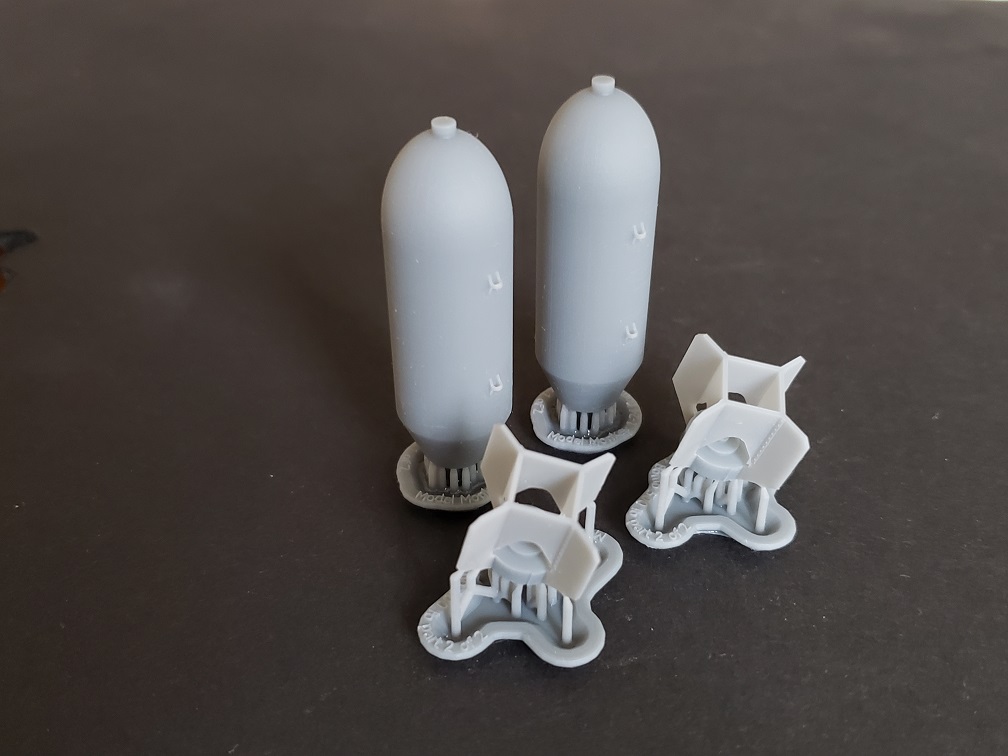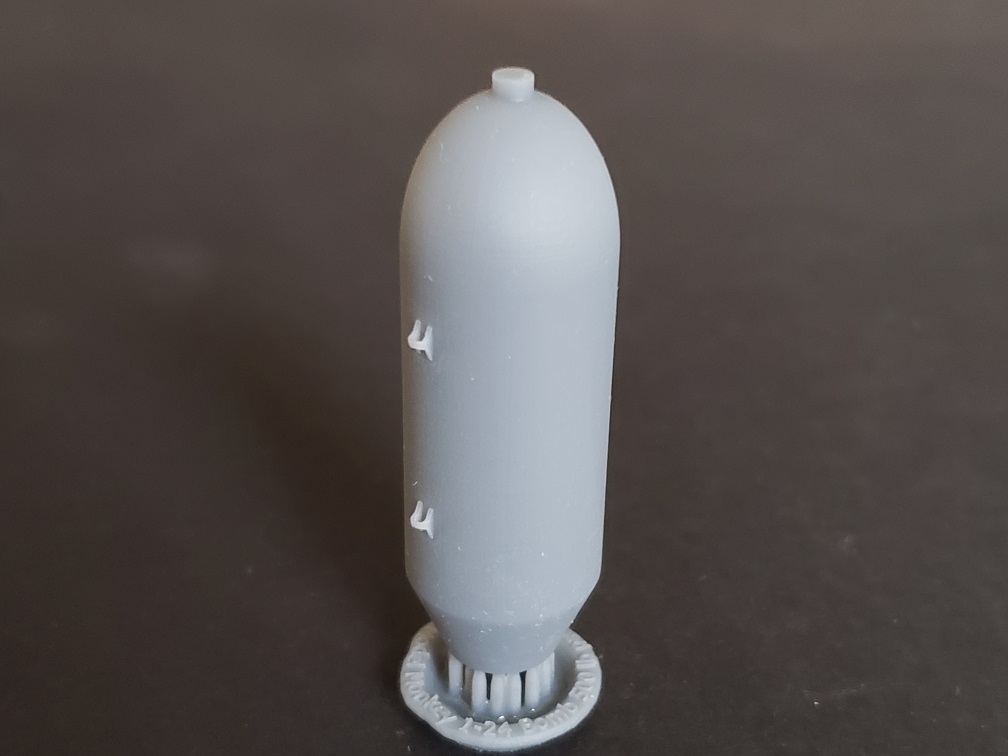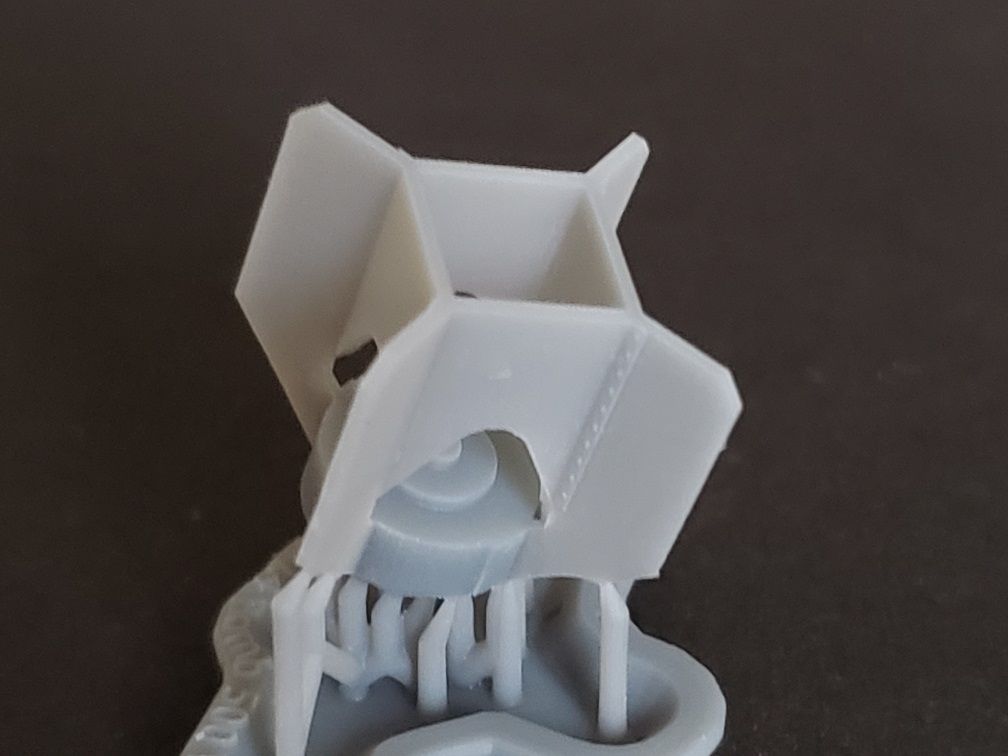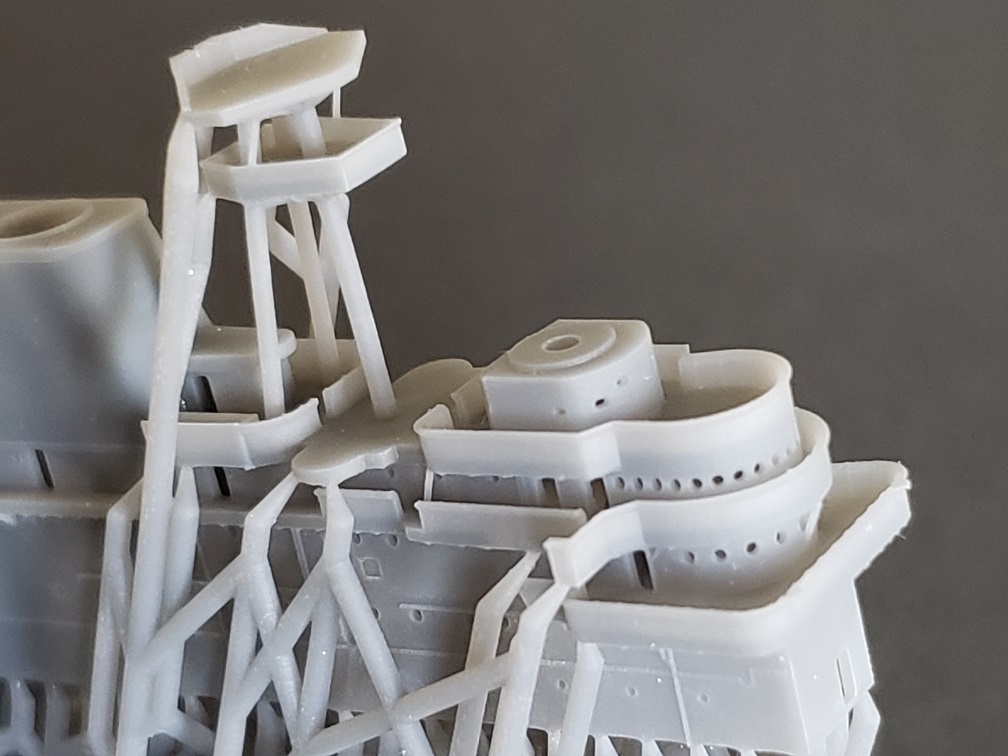Newer 3D printing tech greatly reduces visible striations. All 3D printers are not created equal. There are different kinds of 3D printing technology that work differently and different kinds of materials. Some tech creates very visible striations, others do not.
Some printers make models by extruding nylon through a nozzle. This kind of tech is notoriously striation heavy, especially on curved or inclined surfaces (think "pixelated") because layers are thick. Other printers make models by aiming a laser into a tank of resin. That technology, called stereolithography ("SLA"), does a much better job at eliminating visible striations. Other printers can print in castable wax (a tech popular with jewelry manufacturers), porcelain, sandstone and real metal.
Here are some models of various sizes printed in gray resin acrylate plastic using an SLA printer: a 1/96 scale USS Arizona turret, a couple of 1/24 scale World War Two/Korean War-era US 500 lb. bombs, a 1/35 scale Maybach HL 230 P30 motor for Tiger I, Tiger II and Panther tanks, and a 1/700 scale island for USS Hornet CV-8 as the ship at appeared at the Battle of Midway.
The gray resin shown here is chemically similar to Plexiglas.
Notice that there are no visible striations in any of the models, even on inclined and curved surfaces. They are there, but are so fine they are difficult to see and disappear under a coat of paint. This is how the models look right out of the SLA printer. No surface smoothing efforts are required of the modeler. Cut away the supports and the model is ready for paint.
The models below, and those shown in the photos in the post above, were all printed with a Formlabs Form 2 SLA printer in standard gray resin.
Both the printer and the gray resin are expensive. As of this writing, the printer with the necessary, associated accessories (mechanical bath, UV light booth for post-curing, tools, etc.) cost nearly $5000 USD. A 1-liter cartridge of gray resin with tax and shipping costs about $174.
Model pricing usually takes into account the cost of the 3D printer(s) as well as time required to print the model (time = money) and the cost to research and design the model, not just the cost of the resin. Printing time may be lengthy. For example, the 1/96 scale USS Arizona BB-39 turret below takes about 16 hours to print. Two turrets can be printed simultaneously in one printer. Comparatively, a set of much smaller 1/350 scale Arizona turrets takes only about 4 hours to print.
Because 3D printing is normally a slow process, vendors typically own more than one printer in order to keep up with orders. Since the real USS Arizona had four turrets, if a vendor only had one printer, it would take a whopping 32 hours to print the set. As technology continues to mature, printing speeds are getting faster.







